When you build a greenhouse, you’ll be making a positive contribution to nature. You’ll help preserve the earth for future generations. You will also discover the pleasure you get from gardening is doubled when you build your own greenhouse.
Whether you’re planning to start a small greenhouse or expand an existing one, you have to know the various tips to take care of it. These tips are necessary whether you want to keep plants indoors year-round or have many plants to provide warmth in the winter.
You can follow these tips to maintain your greenhouse:
1. Ventilate It
The first thing you need to consider before anything else is to ventilate your greenhouse properly. A greenhouse that doesn’t allow ventilation will eventually cause the plants to die from lack of oxygen.
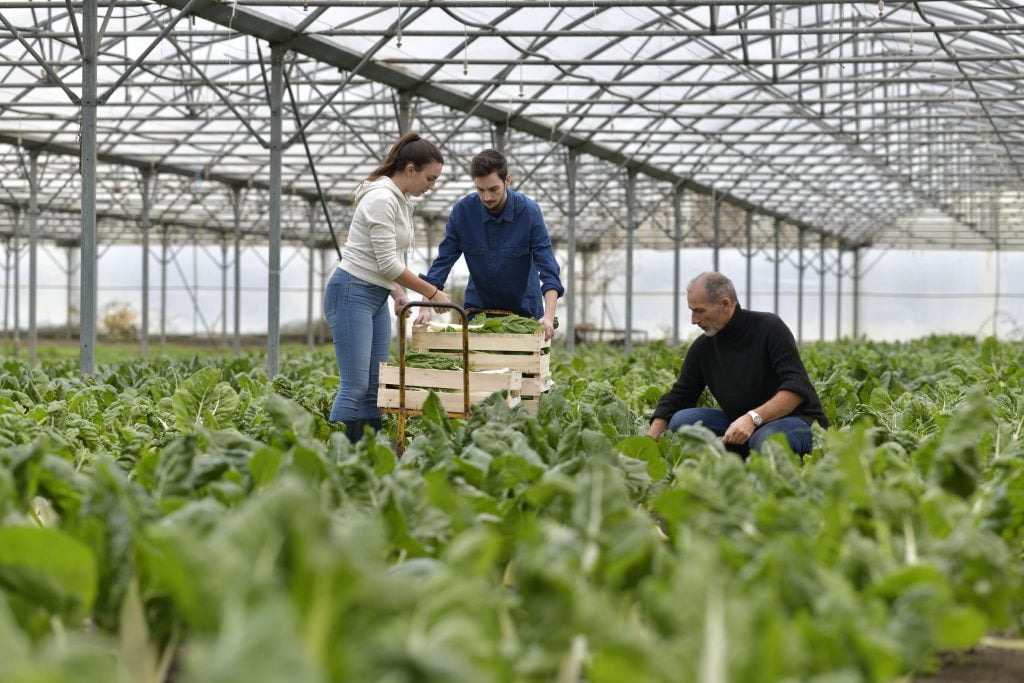
Farmer with apprentice working in greenhouse
The best way to solve this problem is to have vents in the correct places. You need to make sure that there’s enough space so that your plants can have enough ventilation. If you have a door, you will need to ventilate it properly to avoid moisture from forming inside the greenhouse. You can make a wooden or meshed door to allow proper ventilation and even give a stylish look to it. If you want the best material for your greenhouse, companies like South West Greenhouses may just have the right one for you.
It will also help if your greenhouse has easy access to water and ventilation systems so that you can regulate the humidity and temperature of the soil around the plants. When you ventilate your greenhouse, you can prevent mold infestation which worsens with too much humidity. If you have plants with different humidity needs, it’s best to group them according to such needs.
2. Control Temperature
Another consideration is to install the right electrical and plumbing utility, depending on the types of greenhouses you have. This system allows you to control the greenhouse temperature, at just the right time, to grow your plants.
Your plants can grow and produce appropriately if your greenhouse has a proper temperature. That’s why you should check the temperature now and then. You can do this by using environmental control computers so that your plants will undergo proper photosynthesis. If you have too high or too low temperature, photosynthesis will decrease.
You also have the option to automate your greenhouse. You can have it run by its own power supply, or you can buy a solar-powered greenhouse. With the use of solar power, you can keep the greenhouse green even during cloudy days and nights.
3. Planting
After planting, you should regularly check the plants to avoid pest infestation. You can check behind large plants and under the leaves of small plants for eggs and insects. Remove, if you find any, before they consume the whole plant. You should also remove diseased plants so that it won’t affect other plants.
It’s recommended that you keep tall plants close to the edges because they’ll catch more sun and shade more easily than the shorter ones. Be careful not to put too many varieties of tall plants close together, though, to avoid overcrowding which may inhibit their proper growth.
Also, consider herbs such as basil, mint, and rosemary, as their scent will help keep pests away from your plants.
4. Watering Plants
Water is essential for plants to grow correctly. Water also keeps the soil moist, especially the top soil as this is the most important layer, and prevents the growth of weeds and other unwanted plants. Greenhouse owners must be aware that watering plants too frequently will cause the plants’ wilting or premature death.
Watering the plants in a greenhouse requires an allotment of time and care, especially during hot weather. During summer and late spring, you should water your plants any time of the day as the soil can dry out quickly due to hot temperatures. That way, they won’t wilt.
Some plants require different watering methods, so choose one that is right for each plant. Watering is even different, depending on the season. During fall and winter, your plants may need less water because they grow less during these times. You should water your plants early mornings and only if the soil has been dried.
Conclusion
Installing a greenhouse is a worthwhile investment as you can nurture your plants to health. You can achieve this through proper care and attention. One of the most important things to do is to ventilate your greenhouse by allowing enough oxygen to circulate properly. You should also control the greenhouse’s temperature to enable proper photosynthesis.
When planting, you should regularly check for pests and diseased plants so that you can immediately remove them from the rest of the healthy plants. You should also apply proper watering techniques to give adequate water to your plants, which they need to grow healthy.
By doing these tips, you can surely get the most of your greenhouse.

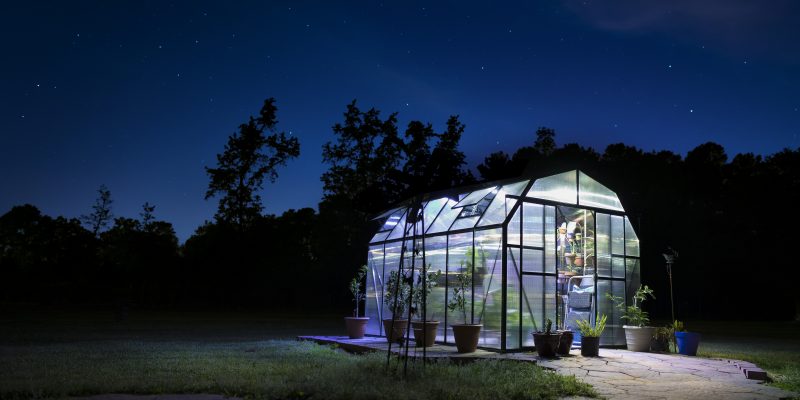
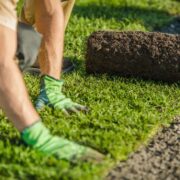




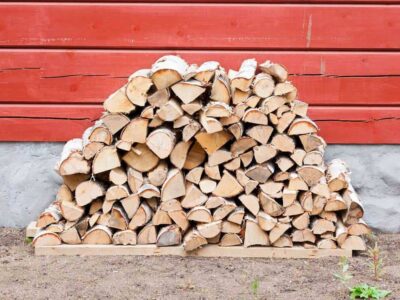

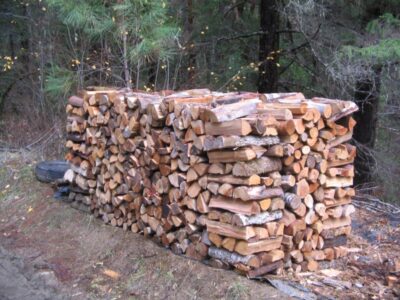
![How To Open an Inground Pool [Complete Guide]](https://www.organizewithsandy.com/wp-content/uploads/2021/06/How-To-Open-an-Inground-Pool-Complete-Guide-180x180.jpg)



Comments